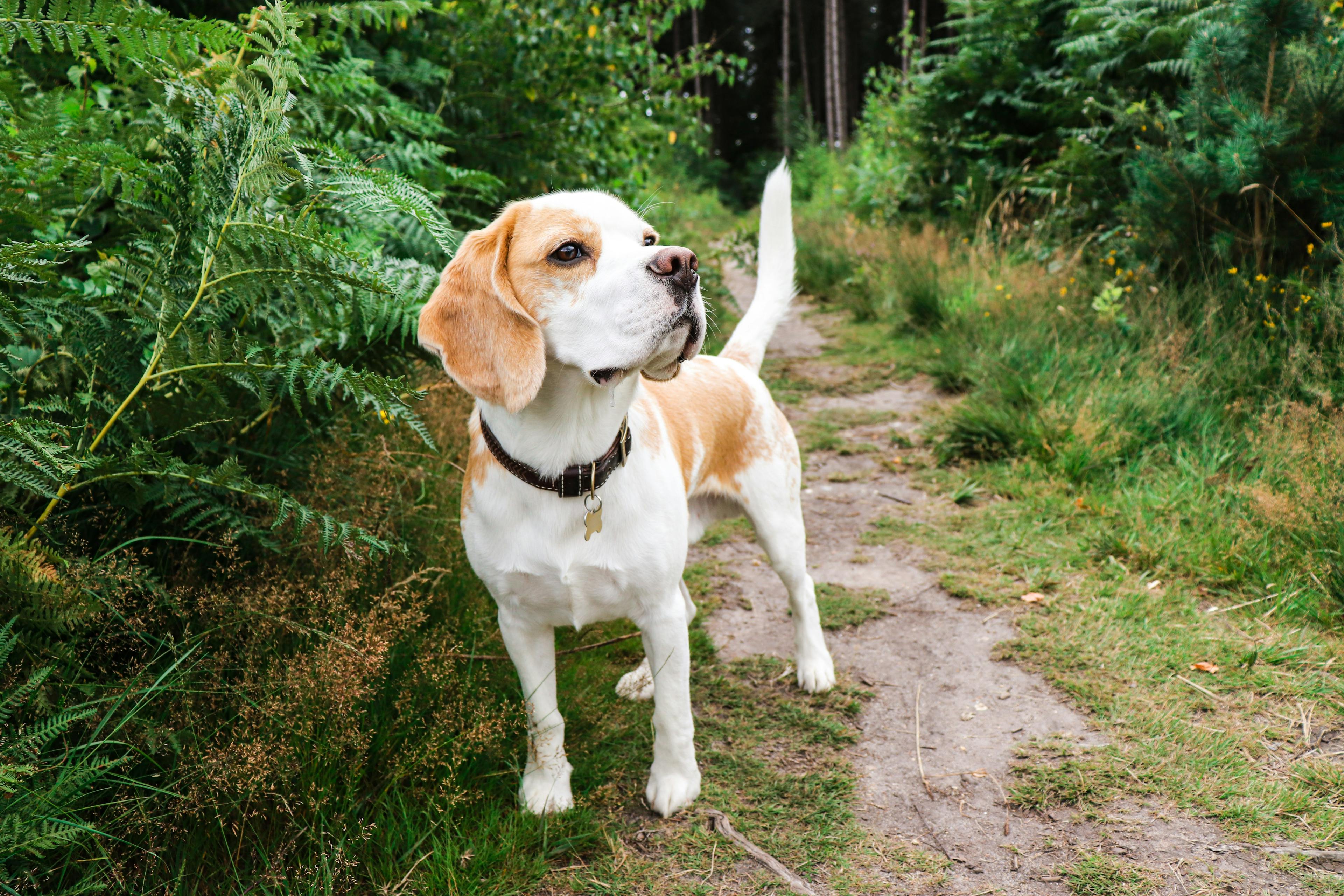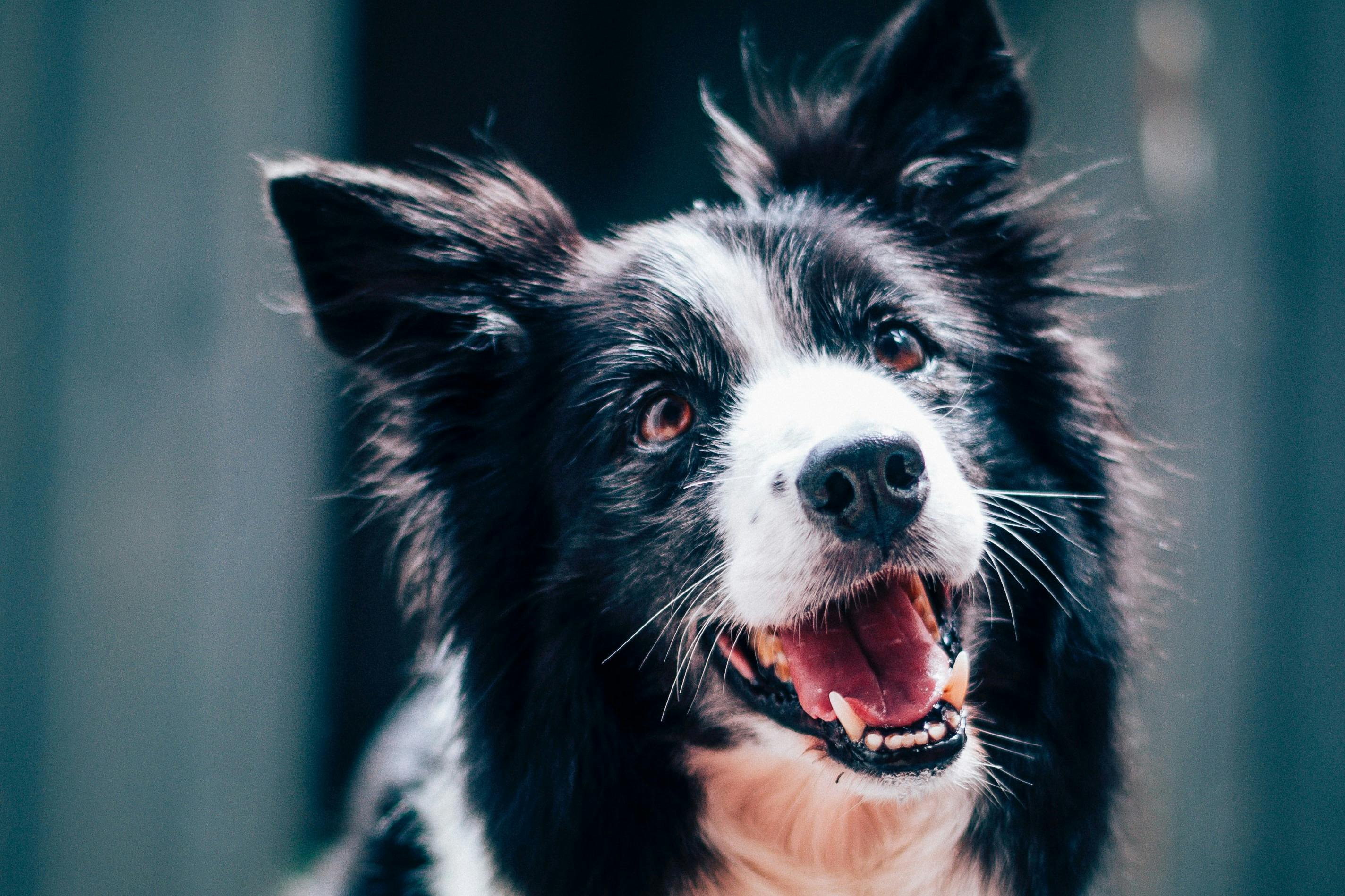Beagle Guide - Everything You Need to Know About the Beagle Dog Breed
Beagle dog breed in brief:
Weight: Male dog 10 - 20 kg Female dog 10 - 20 kg
Mane height: Male dog 38 cm Female dog 33 cm
Energy level: Average
Life expectancy: 12 -15 years
Tendency to drool: Small
Tendency to snore: Slight
Tendency to bark: High
Tendency to dig: Low
Social/attention needs: high
Designed for: Rabbit and hare hunting
Colours: 'Hound colours' with hints of white, black and beige-brown
Health problems: Generally healthy breed but can suffer from herniated discs and epilepsy among other conditions.
The Beagle is a curious, happy and loving dog that enjoys accompanying its family on adventures. Despite their relatively small size, they are very muscular and have a great need for activation and exercise. The breed has been around for many, many years and is one of the most famous breeds in the world.
Care
The short-haired coat is easy to care for, the Beagle only needs to be bathed or showered when necessary. Be sure to use a dog-friendly shampoo!
Of course, the dog's claws need to be taken care of! The claws should be clipped when needed, a recommendation is not to wait too long, once a month may be enough. It's better to clip a little and often than a lot and rarely. You need to get your dog used to having its claws clipped from an early age, in the claw clipping course we give you our best tips on how to clip your dog's claws!
Weight Control
Despite their small, petite size, beagles have the ability to gain weight easily and are therefore at risk of becoming overweight. Try to keep a regular check on your dog's carcass to determine if it is the right size, you can learn more about this in the Weight Control course.
Litter
Lameness is something that can affect all dogs, as well as beagles. It's important to remember that lameness is always a sign of pain. Lameness can of course vary in severity and complexity, you can learn more about this in the general lameness course.
Oral health
Taking care of your dog's oral health is important, especially for you with a beagle. Regular tooth brushing is essential for good oral health. Getting your dog comfortable with brushing his teeth takes practice and patience, you can learn more here.
Socialisation
Socialising your dog is important. Start practicing environmental training at an early age, you need to let your dog experience both sounds and places that it will experience even when it is an adult. Learn more about socialisation and environmental training here.
Newsletters
Especially when your dog starts to get a little older, there is an increased risk of them developing lumps or neoplasms as they are also known. A lump does not necessarily mean that the dog has cancer, there are both benign and malignant lumps. It is important to detect malignant lumps early, as there is often a better chance of the dog recovering. So get into the habit of feeling your dog regularly. You can learn more about how to feel your dog and the different types of lumps your dog can get in this course.






